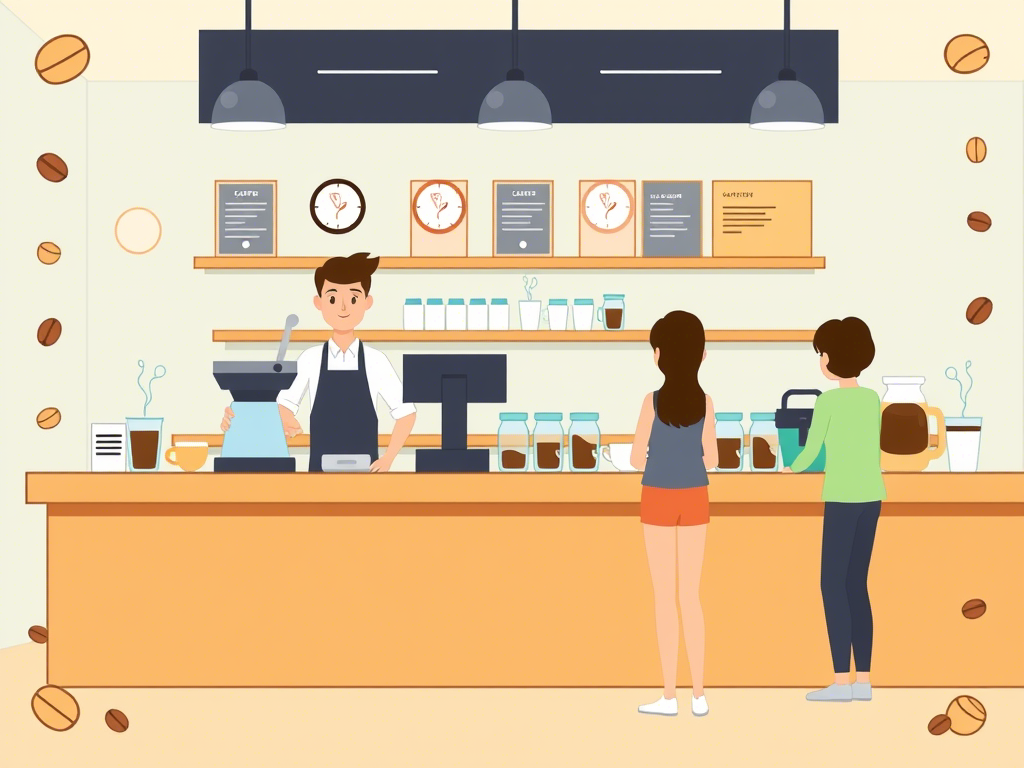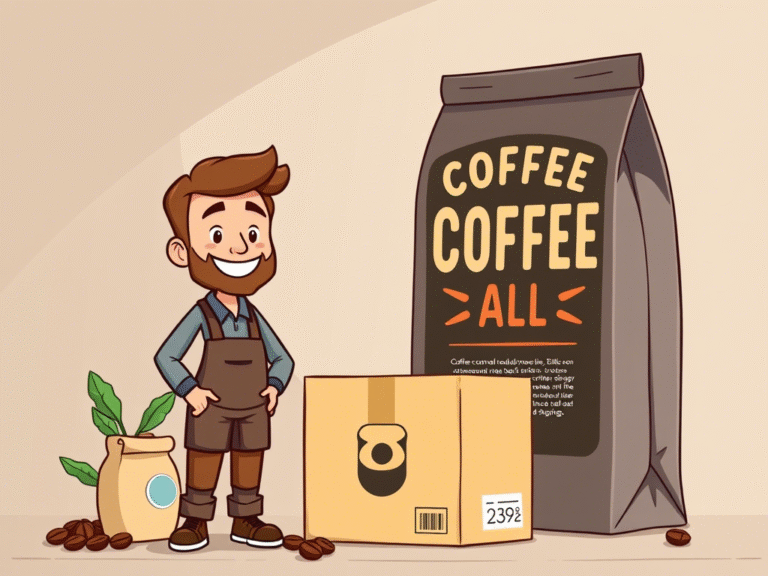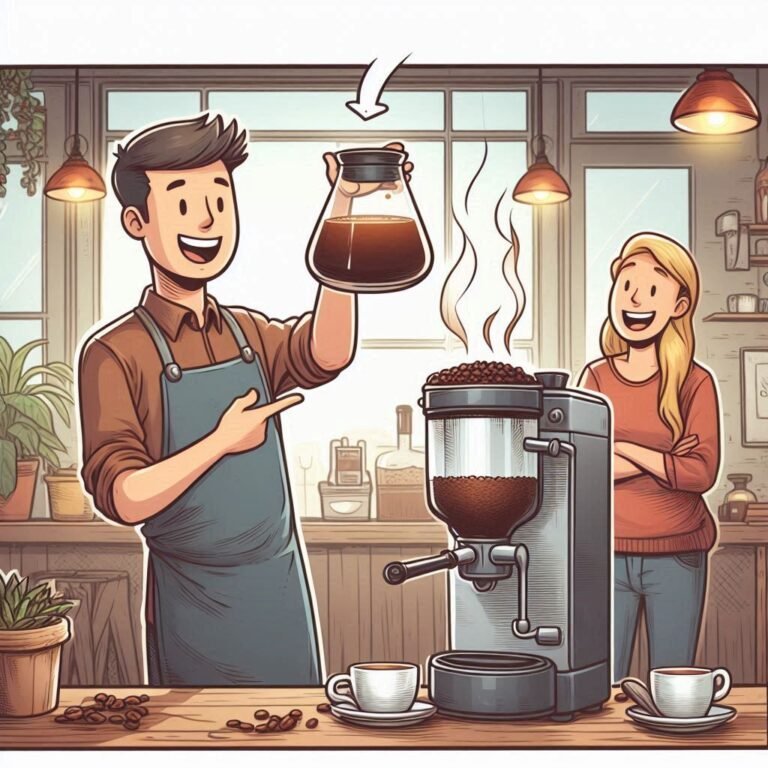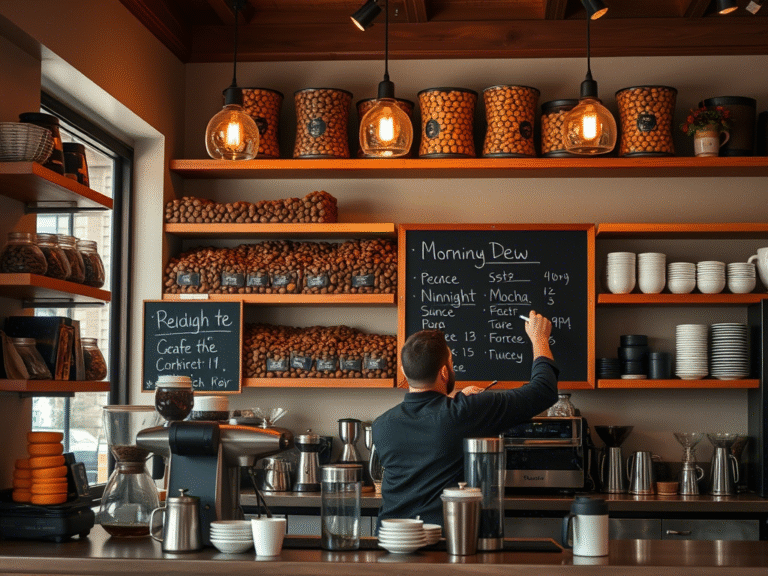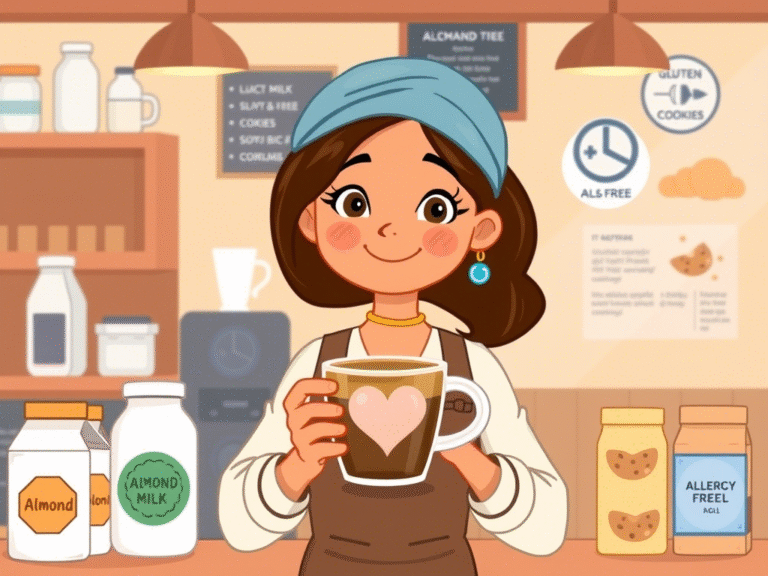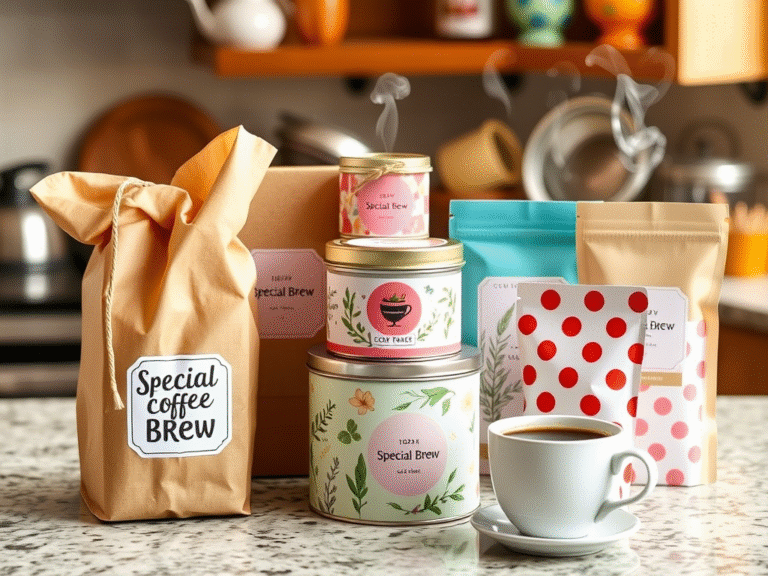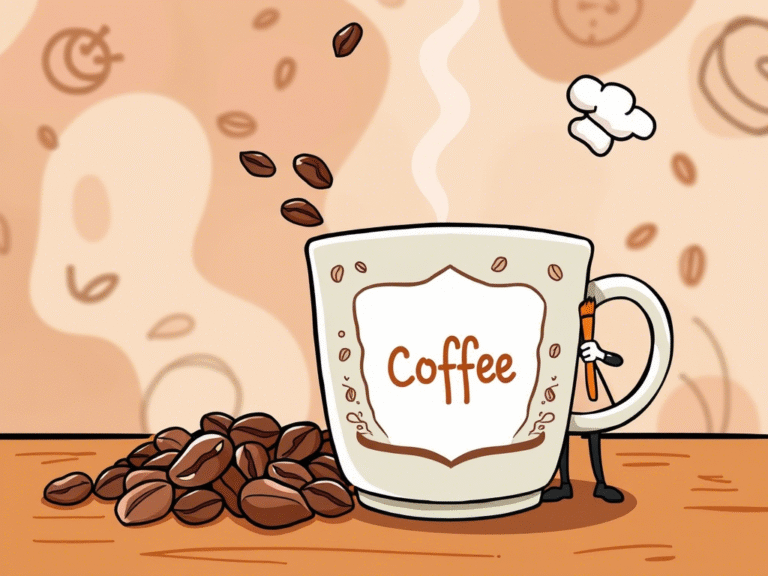Can You Let Your Customers Pick Their Own Coffee Flavors?
Are you a black coffee guy? If you do, you are in a dwindling minority. Today only 18% of people take their coffee black — a staggering 56% decrease from 2022.
Yep, we’re mostly all customizers now — those milk, sugar or flavoring adders to make our home brews our own. And it’s not just about taste — the surge is reshaping the entire coffee industry.
Let me tell you something crazy. It’s no longer enough to offer people coffee. They want an experience
As you switch dairy for almond milk, pour a little caramel syrup or sip on a pumpkin spice latte, customization is the game here.
And guess what? Businesses embracing this trend have garnered billions. Since 2003, $2 billion has flown into Starbucks’ coffers from the aforementioned pumpkin spice lattes.
So why is this important to you? It’s that knowing these preferences gives you a way to gain that extra bit of leverage (or even grow your business). This is that caffeinated world in which we will be immersing ourselves.
Why Black Coffee is Losing Its Cool
Black coffee was once the standard. You know those commercials in which someone would take a sip of dark roast and declare, “That’s the way coffee should taste”? Yeah, not anymore.
Just 18 percent of people still drink their coffee black. That represents a steep drop from years past. What happened?
It’s simple: we all desire variety in our life. Plain black coffee, though: boring. I mean, who needs boring when you can have fun? Milk, creamer or sweeteners turn a humble cup into something special.
For example, the increase in almond milk use has surged by 71%, and oat milk by 90%. These are not just fads — they are lifestyle changes.
And let’s face it: black coffee can be aggressively feral. The bitterness isn’t for everyone. You take the edges off when you put in the creamer or sugar.
It becomes approachable. Comforting. Like a warm hug in a mug. It’s no wonder that fewer people are slumming it and slogging through the old-school method of coffee drinking.
Milk Wars
Regarding coffee add-ins, milk is king. A whopping 77% of coffee drinkers add some type of milk or creamer to their coffee.
But here’s the kicker: it’s no longer all cow’s milk. Plant-based substitutes are shining in the spotlight.
Take almond milk. Since 2022, it has seen a 71% increase in popularity. Oat milk? Even crazier. It’s up by 90%.
Why are these milks so hot at the moment? If nothing else, they’re delicious. The oat milk lends a creamy body that can compete with dairy.
Almond milk adds a delicate, nutty taste. And then there’s the dietary issue, because between the two of them, they really can accommodate for just about whatever ails you, and are friendly to vegans, the lactose-intolerant or the health-conscious.
But regular milk may not be down for the count just yet. There are many who still love its rich flavor and frothy foam.
The key takeaway? The option of more than one type of milk is not an indulgence. Customers expect variety. If you don’t serve it, you’ll lose them to somewhere else.
Sweeteners
Now let’s talk sweetness. Skip the sugar — or don’t About 44 percent of people who drink coffee at home put some kind of sweetener in it.
And the vast majority — 67% — still opt for good ol’ sugar. But the alternatives are taking hold.
Stevia is a major player, selected by 38 percent of sweetener users. Why? And it’s zero-calorie and all natural.
Honey follows at 19%, providing a floral edge. And agave brings up the rear at 10% due to its neutral taste and low glycemic index.
What does this tell us? People care about balance. Coffee can taste sour, but sweeteners can mellow it out.
And the options available reflect modern priorities: health, sustainability and personal preference.
Stores that offer a range of sweeteners return control to customers. And trust me, people like feeling in control.
Flavor Adventures
This is where things get interesting. By contrast, nearly a third of American coffee drinkers mix flavored syrups into their beverages.
Think vanilla, mocha, caramel, hazelnut — you know the routine. Some get bold with irish cream or maple pecan. The rest wait 12 long months for pumpkin spice season (guilty as charged).
But why do we love these flavors so much? They make an everyday morning ritual something special.
A vanilla latte is an indulgence. Is there anything as luxurious as a caramel macchiato. And we can’t overlook Starbucks’ signature pumpkin spice latte. The rest of us are out of luck: Since 2003, they’ve sold more than 420 million of the little guys. That’s not a drink, it’s a cultural event.
The world flavored coffee market is expected to expand by 4 percent each year, reaching $8.6 billion by 2028.
This isn’t a trend; it’s a movement. Caffeine alone is not enough, consumers say. They want creativity. The flavor choices wring that want, driving customers to return for more.
The Rise of Specialty Coffee
It’s a moment for specialty coffee. In fact, 45% of adults drank specialty coffee yesterday, they found. Compare that with the beginning of traditional coffee drinking. The appeal of specialty coffee?
For one, it’s about quality. Espresso comes with particular attention to single origin beans chances are there’s a single origin for every taste. But there’s another consideration, too: flavor
As much as some 86.3 percent of consumer say the flavor of coffee is specialty coffee’s most significant feature. What they want is chocolatey depth, caramel sweetness, fruity high notes below, nuttiness going on.
Specialty coffee drinkers also drink more coffee on average each day — 2.8 cups, compared to 1.8 for regular drinkers.
Why? Because every cup is a new adventure. Is a sense of discovery.” Trying new flavors keeps things fresh and interesting.
It’s the culinary equivalent of traveling the world and never leaving your kitchen.”
Market Implications
If you have a coffee shop, or are considering opening one, here’s what you need to know. Personalization sells. By letting customers select their own flavors, you tap into a potent trend.
First, offer variety. Almond milk, oat milk, and milk from the cows. Have sugar, stevia, honey, and agave on hand.
Load up on flavored syrups. The options you give, the more happy customers you will have.
Second, just get over specialty coffee. This segment is quickly expanding, with such trends as demand for unique flavors and superior beans that is pushing this category ahead.
Look at specialty offerings to differentiate yourself from other providers.
Finally, the most important thing to remember is this: customisation creates loyalty. When customers feel in control, creating their perfect drink, they stay.
They tell their friends. They keep coming back. And that’s how businesses succeed.
Key Takeaways
Let’s take a closer look with a brief summary table:
| Aspect | Statistic / Trend |
| Black coffee preference | 18% (down 56% since 2022) |
| Milk/creamer usage | 77%, with almond milk +71%, oat milk +90% since 2022 |
| Sweetener usage | 44%, mostly sugar (67%), Stevia (38%) |
| Flavoring added to coffee | 32% of consumers |
| Popular syrup flavors | Vanilla, mocha, caramel, hazelnut, pumpkin spice, etc. |
| Flavored coffee market growth | 4% annually, $8.6B by 2028 |
| Specialty coffee consumers | 45% of Americans daily, up 80% since 2011 |
| Flavor importance in specialty coffee | 86.3% expect flavor, top flavors: chocolate, caramel |
This data paints a pretty clear picture: Options and flavor cannot be compromised. Ignore them at your peril.
Final Thoughts
Personalization isn’t a passing fad — it’s the future of coffee. Customers don’t just enjoy the idea, they feel the newfound impact on their drinks — and that makes them feel better and drives growth. And in a competitve market, that’s everything.

Hi! I’m Zoey — a foodie, coffee addict, and home chef based in Portland. I’m all about making cooking fun, easy, and a little bit extra. Whether it’s quick weeknight recipes, cozy drinks, or baking experiments, I love sharing what’s happening in my kitchen (even the fails). When I’m not cooking, I’m probably cafe-hopping or testing out new cocktail ideas.

